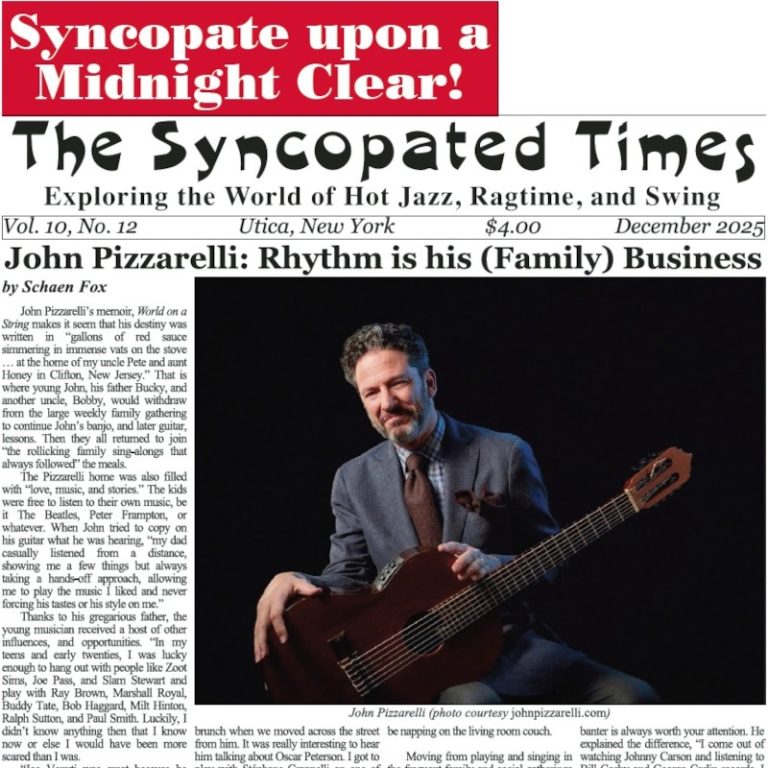When I was 11, I started playing piano. Not by choice—my mum somehow got her hands on a crappy old termite-holed-musical-disaster of a piano, and my brother and I started taking lessons. This was amongst other childhood activities politely put upon us by parents looking to find some talent in their kids, or perhaps hoping to develop the next sporting hero on whose salary they could advantage themselves an early retirement. It’s a good thing they had savings: my brother never stuck with any of it, and I became a jazz muso.
I’ll never forget my first piano teacher. Mrs. Darocha. From some European country that to my young mind was about as real as one of the planets in Star Wars. I’ll never forget her kind eyes. And her hands. As an old woman, the veins on her hands were—according to the coolness barometer of an 11 year old boy—the most amazing things ever. It'’s funny the things that inspire us. If it weren’t for those veins, perhaps I wouldn’t have continued with music and be here writing this article.
That’s the great thing about music. It forges connections with people you would never meet in a world without it.
If I were to write out a list of the great people who’ve taught me over the
You've read three articles this month! That makes you one of a rare breed, the true jazz fan!
The Syncopated Times is a monthly publication covering traditional jazz, ragtime and swing. We have the best historic content anywhere, and are the only American publication covering artists and bands currently playing Hot Jazz, Vintage Swing, or Ragtime. Our writers are legends themselves, paid to bring you the best coverage possible. Advertising will never be enough to keep these stories coming, we need your SUBSCRIPTION. Get unlimited access for $30 a year or $50 for two.
Not ready to pay for jazz yet? Register a Free Account for two weeks of unlimited access without nags or pop ups.
Already Registered? Log In
If you shouldn't be seeing this because you already logged in try refreshing the page.




